It’s interesting how such a seemingly innocuous leafy herb can be so polarizing. Cilantro, however, does it with bells on, creating a love-it-or-hate-it forum at almost any meal it appears at. When I discovered that it’s actually our genetic predisposition that determines whether we like or dislike cilantro, it was a definite “aha” moment. For some, it has a pleasantly tart, citrusy flavour while others just taste soap.
 Cilantro refers to the young pre-flowering growth of the coriander plant. Knowing this goes a long way to understanding the distinctive taste of the leaves. Coriander seeds (a spice in this form, no longer an herb) are quite pungent and, for many, an acquired taste as well.
Cilantro refers to the young pre-flowering growth of the coriander plant. Knowing this goes a long way to understanding the distinctive taste of the leaves. Coriander seeds (a spice in this form, no longer an herb) are quite pungent and, for many, an acquired taste as well.
Coriandrum sativum isn’t anything new, having first been cultivated in 2000 BC. Utilized as a culinary enhancement as well as an ingredient in perfumes and unguents, cilantro/coriander was popular in ancient Egypt and Greece and could even be found in the Hanging Gardens of Babylon. It made its way from north Africa, west Asia, and south Europe to the new world where it has since become ubiquitous in southern cuisines from Texas and New Mexico to Central and South America.
If you feel the need to have a constant source of cilantro at hand, growing it indoors is a good way to go. A self-seeding annual, it’s easy to grow; fast growing albeit short-lived, only needing good drainage, moist soil, and indirect light. A winter plant can be moved outdoors into the garden in spring with varying success… it’s always worth a try. Growing your own from seed also gives you the opportunity to try different varieties.
As you prepare meals, you can snip off what you need from the living plant, which will defer flowering, as it does with most herbs. Regardless, the plant only flourishes for a couple of months at most before it begins to go to seed, rendering it useless as a culinary plant. Something to note – if you’re growing coriander for the seeds, don’t plant a non-bolting variety.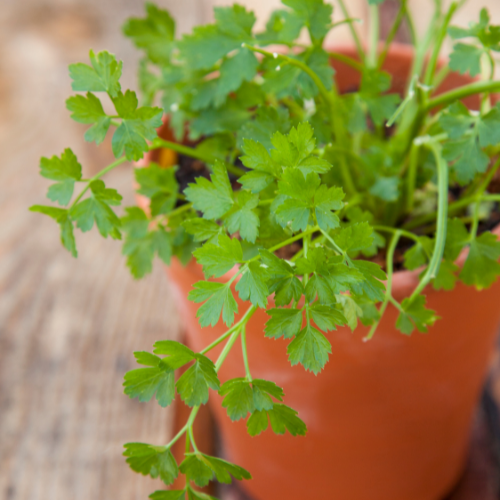
For the rest of us, cilantro can always be found at grocery stores and markets. Unless you’re extremely keen on Mexican, South American, Thai cuisines and the like, it’s doubtful you will want to utilize cilantro at every meal, but I don’t judge… love-it-or-hate-it, remember?
Cilantro is often only a secondary addition to recipes like salsas and guacamole or merely used as a garnish, but its distinctive taste can easily make or break a dish. For lovers of the herb, cilantro pesto, Asian-style slaw, and Thai dipping sauce are quick recipes giving it a more prominent role. Find them online at savourcalgary.ca. Lime is cilantro’s natural and constant companion, it seems; they are rarely apart.
The entire plant is edible. Picking off the leaves, which is a task even more fiddly than cleaning parsley, is unnecessary unless the stems are bitter, so taste them first. Choose bunches of cilantro as you would parsley; look for bright green, perky leaves, avoiding those that are wilted or yellow. It’s easier to handle when relatively dry, so roll in paper towel after washing. If you’re keeping it for a few days, trim off the ends of the stems and keep in a jar of water, lightly covered, in the fridge.




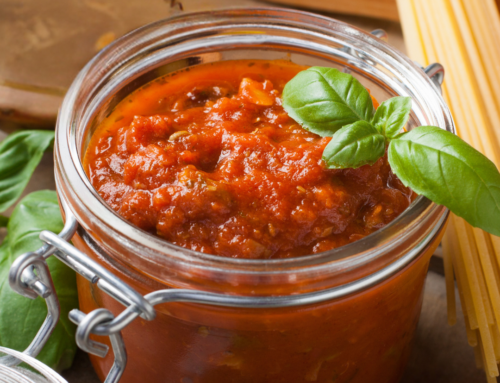
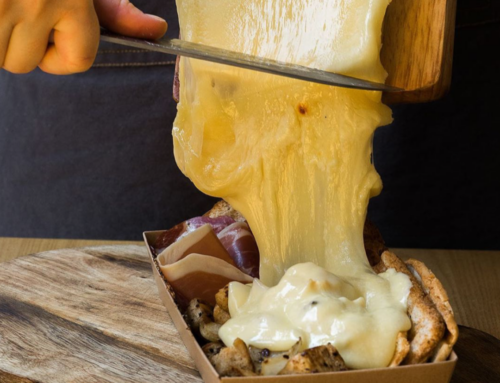
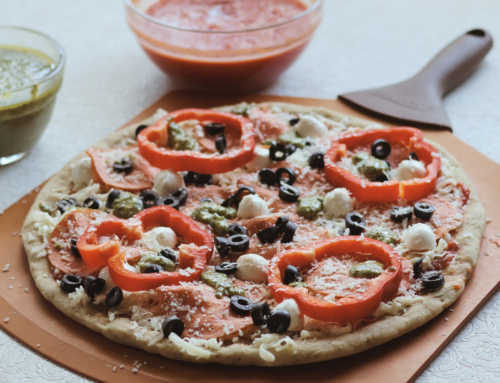

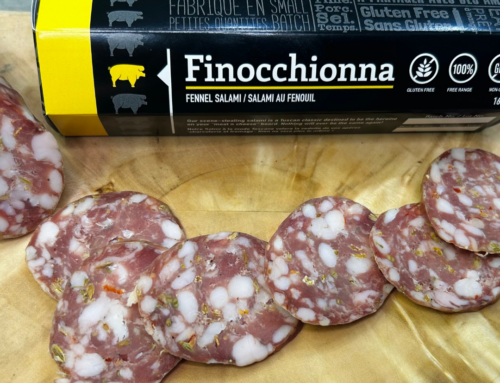
Leave A Comment